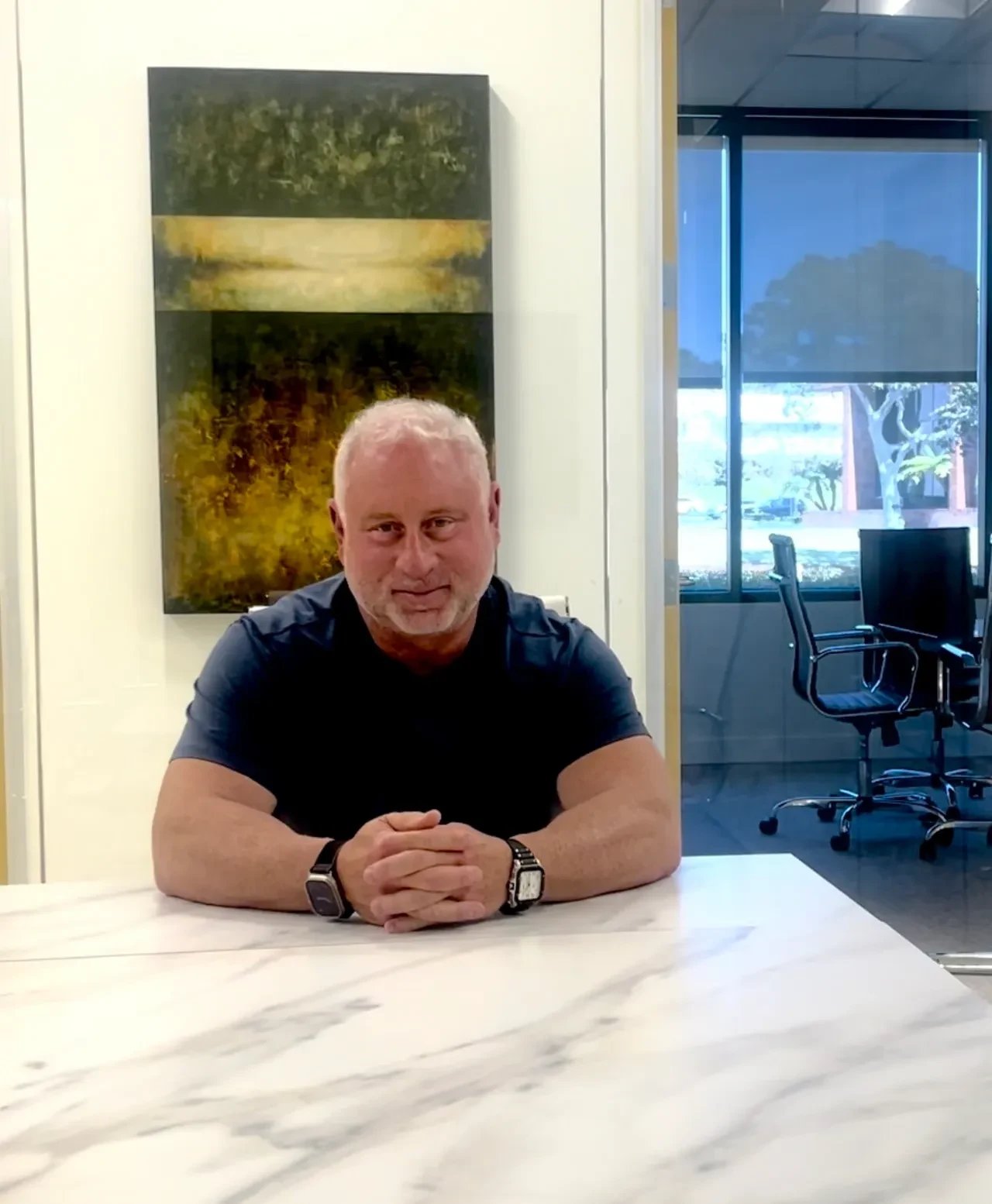Pros and Cons of Relocating to Tertiary and Rural Markets
How are housing markets defined?
When talking about housing markets, there are no hard-and-fast definitions, just some typical characteristics (and remember, markets are fluid: What’s tertiary today could be secondary in a handful of years and vice-versa):
- Primary (aka, Level I) markets include the major urban areas — New York metro and Los Angeles metro are longstanding examples, while Miami metro and Dallas/Ft. Worth are examples of areas with significant growth over the last couple of decades. These typically have metro populations of 5+ million.
Primary markets tend to have high (and dense) populations, well-developed economies and plentiful jobs in a range of industries, upgraded infrastructures and a huge range of amenities. (Luxury markets are a specific niche with many primary characteristics, although they tend to have inherent characteristics, such as oceanfront or Rocky Mountain locations, that limit population growth while driving desirability).
- Secondary (or Level II) markets are typically around 1-5 million people — the Austin, TX metro and Seattle/Tacoma/Bellevue are good examples. Outside of population, these areas meet (or soon will) just about every criteria for primary, Level I categorization.
- Tertiary, or Level III markets, often have metro populations of one-million residents or less. Some are undergoing their first period of significant growth, while others include cities that have notable histories but may have hit hard times. As a result, these markets have great potential, but there are some challenges that make them less desirable than primary or secondary markets.
These traits may include things like:
- A lack of steady jobs in forward-leaning industries, either because larger companies haven’t developed, expanded or relocated there yet or because they’ve suffered from a loss of major employers, overdependence on government jobs or on a specific industry or employer that, when eliminated, has had detrimental overall economic impact.
- Lagging infrastructure, either because newer areas don’t yet have the population and tax bases in place to create it or because it’s aging in key areas, such as transportation and technology.
- Lack of access to quality primary and secondary schools.
- Lack of quality-of-life amenities, including diverse leisure and recreational activities, either because the areas inherently don’t offer them, the population can’t support them or they haven’t been developed yet.
What’s the current attraction to tertiary markets?
For decades, the leading reason that people moved was for work. Today, though, and largely as a result of the pandemic, the primary driver has shifted. Instead of job opportunities, people are looking for more space — bigger homes, more home-based amenities, larger lots.
In many cases, the only way to get those is to move to tertiary markets, because many of these residential wants and needs simply aren’t within financial reach in primary and secondary markets for most people. Additionally,
data shows that homebuilding isn’t keeping pace with family formation, so this factor, too, is heating up competition all over:
Since the pandemic, people are taking advantage of the opportunity to leave higher-cost cities and move to smaller cities and towns that are often a few hours (or more) from any major metro area. To illustrate just how stark the differences are from a homeownership perspective, here’s an example of what you can get for $400,000 in New York City’s primary, secondary and tertiary markets.
Primary: A studio apartment where there’s not a lot of interior space, but you have everything that New York City has to offer:
Secondary: About a 90-minute drive north, here’s what you’ll get when you give up Manhattan’s 24/7 lifestyle and go for suburban life:
Tertiary: Just over three hours from Manhattan — well out of commuting distance but still good for a weekend visit now and then — is Binghamton, NY:
Given this, if people are looking to gain space while staying within a particular price point, then the reason for the migration to tertiary markets is clear.
What are the pros and cons of moving to a tertiary market?
Pros:
- Less population density means a (real or perceived) sense of safety during a pandemic
- More space at home means long-term work-from-home and home-schooling opportunities are more feasible
- Small-town/city quality of life is often perceived as more relaxed with easier commutes (whether work or errands) and many amenities that are more accessible (financially and otherwise, such as lower-cost theater tickets — if there is a theater, that is)
Cons:
- Much greater reliance on cars, which can add significant additional expense and be a sore spot for the environmentally minded, as many tertiary markets have little-to-no sufficient public transportation
- Day-to-day needs — such as health care, pet care, home maintenance supplies and car care — may be harder to fulfill
- Often, much-loved amenities are lacking, such as Starbucks, an organic-foods co-op or a favorite ethnic-food restaurant
Additionally and significantly, too, it often doesn’t take long before a tertiary market with nice homes, large yards and some notable characteristics — great parks or free arts and cultural activities, for example — gets noticed and as more people relocate, often the bucolic or small-city charms are lost to development and sprawl.
Is it worth the trade-off?
If you ask me, I’d likely say that I’d rather live in a garage near the beach in coastal Orange County than give up on southern California altogether — but, then again, I’ve not grappled with the current reality of an undersized home full of spouses, pets, inlaws and children that many people face. If that was my situation, then I might change my tune.
And so it is with all of housing and all of humanity: We’re forever in search of (and moving for) better opportunities, whether higher-paying jobs, civil rights, better schools, more affordable homes, fresher air, proximity to family or any of a thousand more reasons why you may take a chance on a home in a new-to-you town.
Where you go is a personal decision, but one thing that’s underappreciated is that moving to a tertiary market may not be an easy decision to reverse, should you end up craving primary- or secondary-market life again: There are a lot of expenses involved simply in the acts of purchasing a home and relocating (not to mention the time invested) and outside of a pandemic, homes in many tertiary markets may be less desirable and it can be hard to recoup your full investment in a short time.
That said, if you’re buying because you found an area you love and a home you love, that’s terrific. But if you think you’ve found the next area that’s ripe for a migration boom and are hoping to cash in, I can only urge caution: Many tertiary (and rural) markets have reached peak prices that are about as high as they can bear for a while.
Unless you’re in this for the long game, keep in mind this traders’ insight that’s true of stocks, art, wine, cars and, certainly, of housing markets: The higher the quality, the lower the risk — and reduced risks come at a price.










